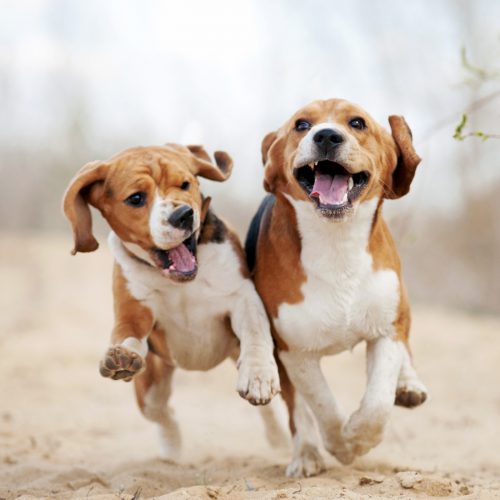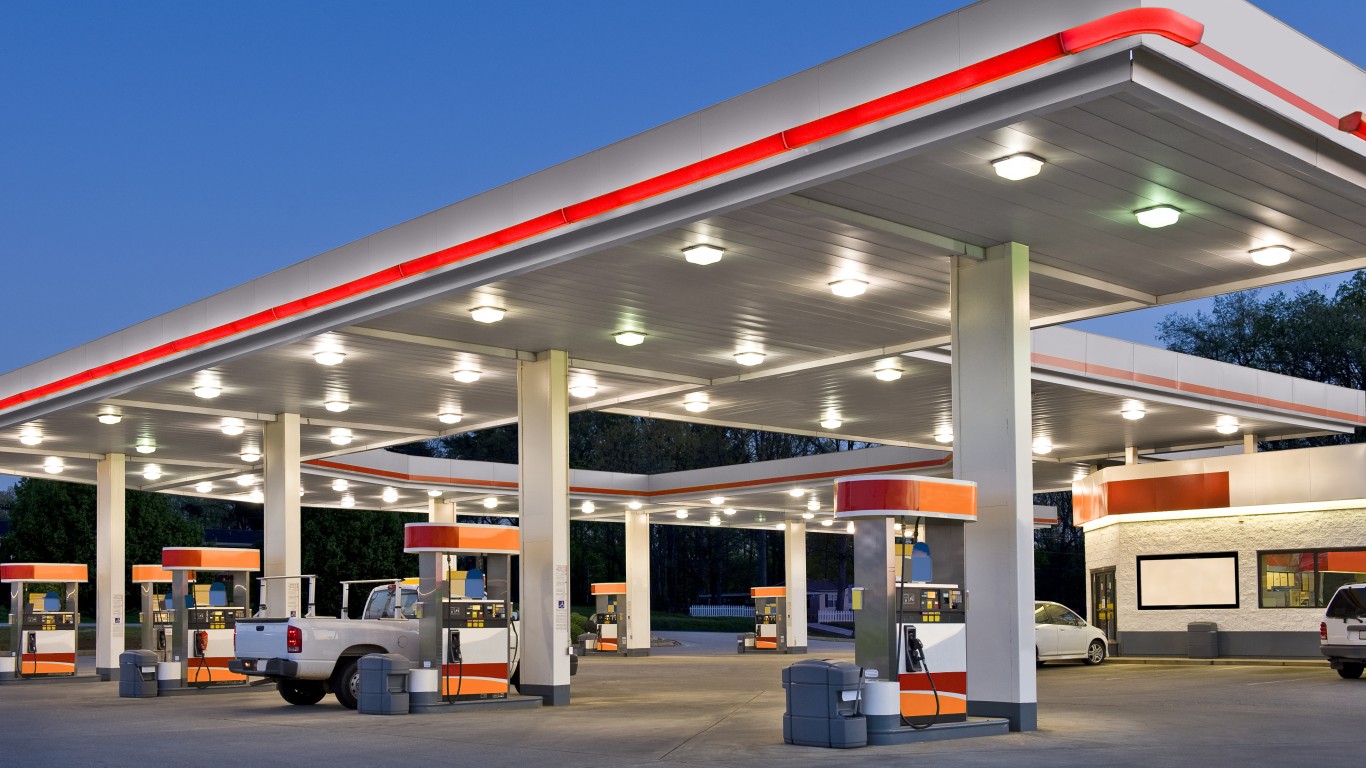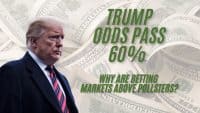
You may love animals or you may not. One thing most people can agree on is that they don’t like when they have to pay ever higher prices for the same thing over and over. And when spending items outpace the rate of overall inflation, eventually it will hurt other areas of spending. It turns out that Americans continue to spend increasing amounts of money on their household pets each year. And after a record 2017, Americans are projected to shell out even more money on Fido and Fifi in 2018.
The American Pet Products Association has announced annual industrywide spending figures for 2017 with a comparison against 2016 as a record year in pet spending. With overall pet-related spending set to grow again in 2018, maybe it is true that there is no limit to how much people are willing to spend on their pets.
It turns out that Americans spent a whopping $69.51 billion on their pets in 2017. That is up about 4.1% from the $66.75 billion that was spent on pets in 2016. This is an annual comprehensive spending report that covers pet spending categories as follows: food; supplies and over-the-counter (OTC) medications; veterinary care; live animal purchases; and other services.
Americans spent $29.07 billion in food for pets in 2017, up 2.9% from 2016. The projection for 2018 is up another 2.7% to $29.88 billion in food for pets.
The supplies and OTC medicine was up 2.7% in 2017 to $15.11 billion, and that is projected to be another 2.7% higher to $15.51 billion in 2018.
Americans are seeing health care costs rise faster for pets than any other major categories. Veterinary care costs of $15.95 billion in 2016 rose by 7% to $17.07 billion in 2017, and they are forecast to rise another 6.9% to $18.26 billion in 2018.
Maybe the costs of all the actual pet buying for new dogs, cats, birds and the like are being driven down because of the price hikes elsewhere. The price of live animal purchases was flat in 2017 at $2.1 billion, and that is projected to fall by 4.2% to $2.01 billion in 2017.
And the so-called other services saw a 6.9% spending rise to $6.16 billion in 2017, versus the $5.76 billion in 2016. That category is projected to see a 5.0% gain to $6.47 billion in 2018. This includes pet services outside of health care, such as grooming, boarding, walking, training, pet sitting, yard services and so forth.
If you add all these categories up, including the drop in live pets actually being purchased, the expected spending on pets by Americans is expected to rise in 2018 by 3.7% to another record $72.13 billion.
As a reminder, the Federal Reserve is doing all it can just to hope that inflation can get back to 2.0% or even 2.5% after many years of subpar inflation. Maybe the next time the Fed wants to do quantitative easing or create an economic stimulus package, it should offer out free puppies and kittens rather than printing up so much new money.
The next time you hear about “free pets” being given away, just understand that nothing is really free.
Is Your Money Earning the Best Possible Rate? (Sponsor)
Let’s face it: If your money is just sitting in a checking account, you’re losing value every single day. With most checking accounts offering little to no interest, the cash you worked so hard to save is gradually being eroded by inflation.
However, by moving that money into a high-yield savings account, you can put your cash to work, growing steadily with little to no effort on your part. In just a few clicks, you can set up a high-yield savings account and start earning interest immediately.
There are plenty of reputable banks and online platforms that offer competitive rates, and many of them come with zero fees and no minimum balance requirements. Click here to see if you’re earning the best possible rate on your money!
Thank you for reading! Have some feedback for us?
Contact the 24/7 Wall St. editorial team.


